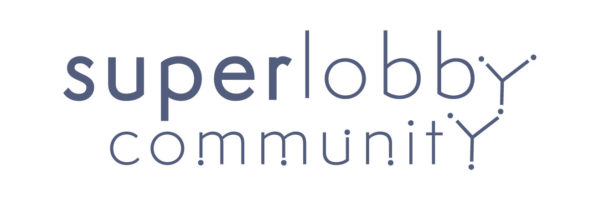
One of the things that college really does not prepare us for is the challenge of working with difficult people. Soon as you are out of university you will meet them in all shapes of forms. And the problem is that you can’t just “cancel” them or move to another job. You will have to deal with difficult people wherever you go. In the political arena the challenge is even greater because unless you are one of the few almighty dictators around, you will always depend on people to get things done. So here is a candid blog to help you out.
It’s not them it’s you
Always leave the opportunity open that you are actually the problem and not the other person. Having an open and reflexive mind is the best defence against polemic relationships. Always start with yourself; “What could I have done to mitigate the situation”, and “is there something I did wrong”. You will be surprised how some of your actions have led to discomfort, irritation and stress. You might have gotten someone into trouble without you knowing. And be grateful when someone takes the time to confront you with your actions. Curb your Pavlov reaction to go into the defence and try to learn. Don’t be afraid to apologise. Saying sorry and admitting your flaws is not a sign of weakness, it’s a strength. To quote some smart guy; “Vulnerability will save your ass”.
[Like this blog? Sign up for my newsletter to receive similar content every week!]
Different colours of people
In his book, Surrounded by Idiots, Thomas Erikson breaks down the personalities of people we communicate with based on four personality types(Red, Blue, Green and Yellow). Blue is the orderly, tidy person who loves managing processes and hates to colour outside the lines. The red and yellow personalities are the more confrontational personalities, but also tend to have more leadership skills. This sounds like an oversimplification, however, I did a personality test years ago and I was a bit of a shock when I saw how correct the colours were. Of course, there was a lot of criticism on the colour scheme. But, it is a useful tool to assess people and the way you should communicate with them. Pitching wild ideas to a blue person will cause a lot of stress. Trying to mould a yellow person into a procedure will make him/her very unhappy. Maybe the person overreacting to your way of communication isn’t overly sensitive; maybe he/she is simply green. Understanding the types and adjusting your way of communication will go a long way. You can get a feeling of the test here.
Malicious people exist
You can only do so much reflecting and understanding. Some people are malicious. They exist. When confronted with people that intentionally are up to no good you need to carve out a strategy to deal with them. What has really worked well for me is to retreat to a purely business and professional relationship. Ill intentioned people thrive when they cross the boundaries, retract to backroom gossip and try to get you into turf wars. Step up your professional game and don’t make mistakes. Make sure you ask for an agenda when meeting them and make sure that someone is taking notes. Stay away from informal coffees or telephone conversations (or should I say telephone confrontations). At one point I refused to meet a colleague informally anymore, instead, I demanded to meet only if there was a clear agenda and in a designated meeting room. If you think the person is intentionally trying to undermine you professionally you should consider documenting your relationship. Build up a case. At one point you might need to escalate and you will want to have proof points. But in each case, stay calm and professional. Professionality is your biggest shield against malicious people. Again, you will have to bring your best game to the workplace when confronted with malicious people.
Personality disorders
We don’t speak about personality disorders at the workplace enough. While they are real and present. A personality disorder is a type of mental disorder in which you have a rigid and unhealthy pattern of thinking, functioning and behaving. A person with a personality disorder has trouble perceiving and relating to situations and people. Just as important, they tend to be a problem to themselves. That rigid boss that goes ballistic when things are not delivered on time might have OCDP. That flamboyant but erratic colleague that always fails to meet deadlines just might have Bipolar II. That intimidating CEO that acts as if he is the reincarnation of Julius Cesar? Classic Narcissist. What makes these people more difficult than anything is that they will never change. Moreover, their behaviour throws you off guard because your first reaction will be to find a rational explanation for their behaviour, including blaming yourself. There is no rational explanation. They have personality disorders. I always say “if you can’t explain it in normal terms, you will have to turn to abnormal to understand it”. Now, I am actually not that judgemental towards people with personality disorders. Probably these people also experienced some childhood adversity that made them the person that they are. What’s more, I have met even narcissists with strong core values. Some people turn their personality disorder into a superpower and a force for good. No wonder so many leaders have some form of personality disorder.
Some final notes
In the political arena, there are a lot of difficult people, some are malicious and a few have personality disorders. But to paraphrase Rutger Bregman. Most people are good. In my 15 years of career working in a wide range of areas, I have come across 95% wonderful people. People that are professional, kind, and inspiring. Most people I met are altruistic. This blog is not to make anyone pessimistic, but rather to supply you with the tools to deal with difficult people. You will not be able to escape them. At the same time, cherry the nice people that you meet. And be kind and forgiving yourself. You don’t want to end up being someone’s “difficult person” :).

